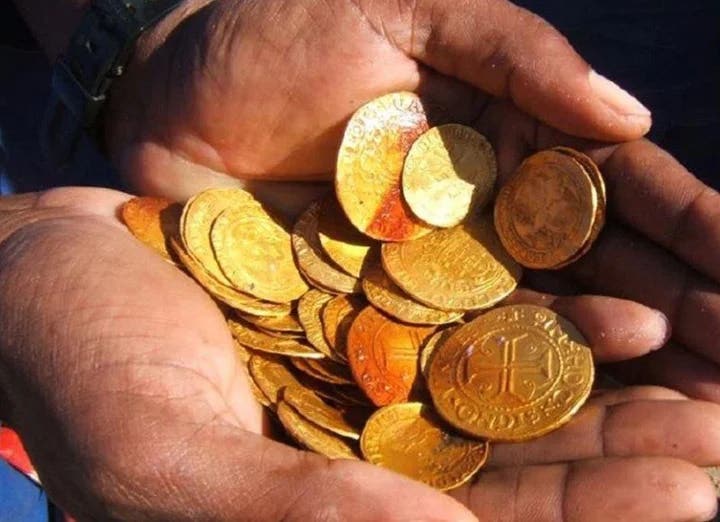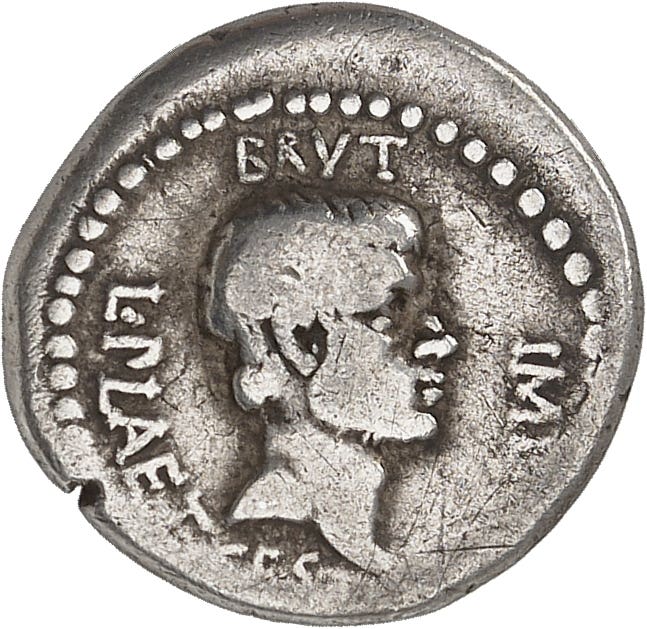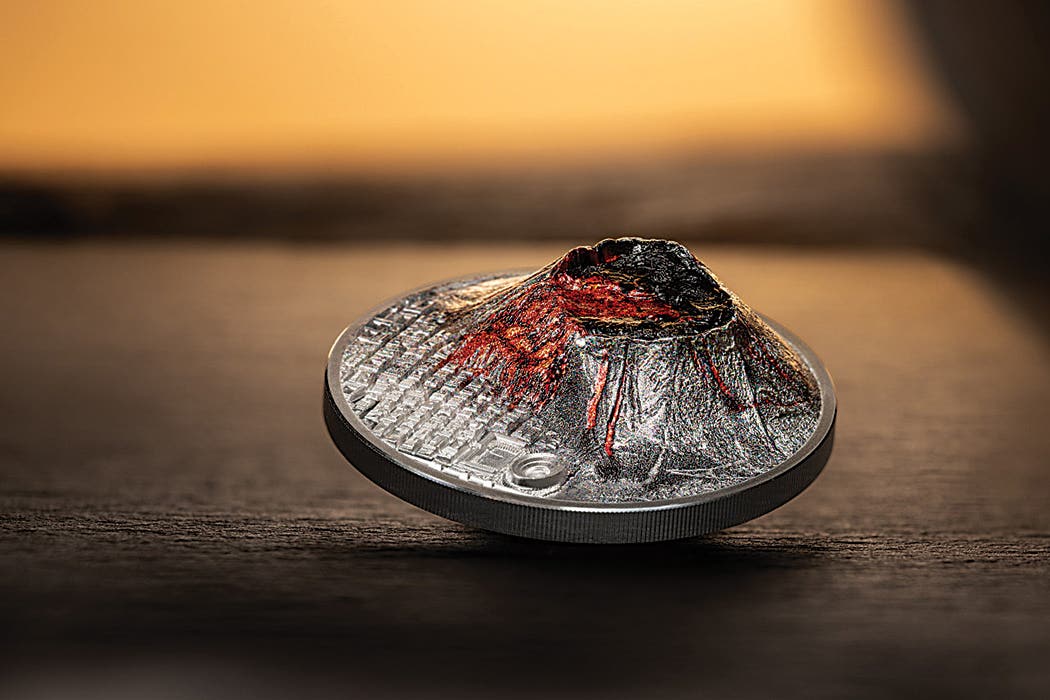Ruble for the czar who wasn’t czar
The death of Russian Czar Alexander I in late 1825 set off a chain of events in which two brothers swore allegiance to the other as the new ruler of…
The death of Russian Czar Alexander I in late 1825 set off a chain of events in which two brothers swore allegiance to the other as the new ruler of Imperial Russia. The St. Petersburg Mint quickly prepared a portrait ruble for one of the brothers but picked the wrong one and had to hide their involvement in the affair. It all began in 1796 when Paul I became Emperor and Autocrat of All the Russias.
Paul, the son of Peter III (1761-1762) and Catherine II (1762–1796), grew up hating his mother. His first act as czar was to stage a joint funeral for his parents. The body of Peter III was exhumed and carried in state alongside that of his mother (Catherine II, who had just died) to their final resting places a few hundred feet from the imperial mint. In 1762 Paul’s mother had ordered her recently deposed husband (Peter III) strangled; Paul never forgot how his father had died.
Czar Paul’s hatred of French nobility and his admiration of Prussia horrified Russian society and led to several plots against him. His moods went from one extreme to another and real (or imagined) enemies were exiled to Siberia on the slightest whim.
The new czar’s mystical side was well represented on his coinage. The gold and larger silver coins bore the Biblical motto “Not unto us, not unto us, but in Thy name.” Some thought the mysticism a mask by which he kept his real thoughts from the world; only his coins are left to tell the tale.
Army officers enlisted the aid of Alexander, the eldest son and heir to the throne, in a plot to remove Paul from power and exile him to some distant country estate. That is what Alexander thought was going to happen, but when the officers entered St. Michael’s palace in March 1801 to “arrest” Paul, he was simply strangled, just like his father in 1762.
It was an ancient tragedy repeating itself. The new ruler, Alexander, never fully recovered from his shame at being involved in the plot. Foreign diplomats stationed in St. Petersburg were of course told that Paul had died of natural causes but few believed the contrived tale.
Alexander I ruled from 1801 to 1825, but both of his children died young. Because of the hatreds and uncertainties surrounding the Russian throne since his father’s murder in 1801, Alexander refused to make public the name of his successor although all assumed that it would be Grand Duke Constantine, next eldest son of Paul. (Constantine was the black sheep of the Imperial family, however, having abandoned his wife to marry a Polish beauty.)
In 1815 Napoleon was defeated at Waterloo. As part of the victory spoils Russia received a large portion of former Polish lands; Catherine II had helped dismember the country but now Alexander obtained even more and set up the Congress Kingdom of Poland, with Grand Duke Constantine as viceroy in Warsaw.
Until 1825 all was reasonably serene in Russian affairs despite the nagging question of the succession to the throne. In January 1822 Constantine, because of his marriage to a Polish commoner, secretly renounced the throne, but told no one except Alexander and Alexander told no one. The formal renunciation was kept in a sealed envelope at a special church depository, to be opened in the event of the czar’s death. Even Nicholas, the next brother and now the legal heir, was kept in the dark.
Alexander’s regular coinage from 1801-1825 is rather plain. Normally the imperial double-headed eagle graced the obverse on all metals (copper, silver and gold) while the denomination was on the other side. From 1801-1810 there was a series of pattern rubles, some of high style, but nearly all were rejected, especially the portrait pieces.
Catherine II had her portrait on the coins, but Paul refused to do so, it is said, because he disliked his own profile. Alexander at first considered a portrait coinage but then rejected it. Oddly enough, however, in the special coinage for the Congress Kingdom of Poland his portrait did appear on the silver and gold.
Alexander, by the summer of 1825, was prematurely aging and desired nothing more than peace and quiet. In the fall he left for Taganrog on the Black Sea, far from the cares of the world. Here, in November 1825, he was to die. Even in death he proved a riddle; when his tomb was opened in 1927 it was empty.
When word of his death reached St. Petersburg, the Grand Duke Nicholas, thinking that Constantine was now czar, publicly swore fealty to his brother. Mint authorities, planning to introduce portrait coinage for the first time since the death of Catherine II in 1796, hurriedly worked on dies for Constantine’s approval.
The pattern ruble, when struck, proved to be a very fine work. Master engraver Jacob Reichel had done a superb piece of engraving. The portrait of Constantine is exceptionally well executed and equal to anything then being done in other European mints.
Meanwhile in Warsaw, Constantine announced that Nicholas was ruler and swore allegiance. Now there were two rulers. And confusion. The church authorities, who were supposed to produce the secret instructions, failed to do so for several days.
Mutinous army officers in St. Petersburg, having tasted Western freedom during the Napoleonic campaigns, saw their chance for a constitutional regime and staged a mutiny, the famed Decembrist Revolt of December 1825, just as Nicholas learned the truth. They spread a rumor that Constantine secretly favored a written constitution, a play on words.
Nicholas personally directed the loyal troops who put down the rebellion and dealt harshly with the plotters; several were hanged and many exiled to Siberia. In 1855 a few survivors were finally pardoned by Nicholas’ son, Czar Alexander II.
Mint officials were red-faced when the truth was discovered and hurried to keep their blunder a secret. Samples of the Constantine ruble had already been shown to Minister of Finance Egor Kankrin and other key officials when it was discovered that Nicholas, who had no sense of humor in such matters, was now czar.
Dies, documents, and pattern coins were hurriedly boxed up and taken to a secret Treasury depository where they remained for more than 50 years. The engraver, Jacob Reichel, managed to lay aside one of the plain-edged specimens (the others had lettered edges) for himself, but kept very quiet about it.
Reichel eventually sold his specimen to General Fedor Schubert who wanted very much to display the piece. Even though Nicholas had died in 1855, Schubert thought it prudent to invent a story about the pattern rubles being sent to Constantine in Warsaw and then stolen during the Polish uprising of 1830. Constantine died in 1831, a convenient date for Schubert.
In the meantime the Schubert coin became known, leading to the one of the more bizarre incidents in Russian numismatics. Prince Alexander Trubetskoy, the Russian consul at Marseilles, decided to have duplicates made and pass them off as originals. The pieces, struck in 1868, were close copies but differed enough that they were soon spotted as counterfeits.
The Trubetskoy pieces occasionally are seen at auction and bring good prices but far less than a genuine Constantine ruble. The easiest way of telling the difference between the two is to examine the dates, which are illustrated with this article.
In 1879 the secret box, containing dies and patterns, was opened and numismatists finally knew what had happened. Five lettered-edge coins were given to museums or favored collectors though one of these disappeared in 1898. Another plain-edged coin showed up some years ago, but it is thought that a collector had stolen it from the secret depository prior to 1879.
It has been reported that the dies were used during the time of Nicholas II in the early 1900s to strike a few additional pieces but this report is controversial and somewhat uncertain.
The owners of these very special pattern coins have a piece of history in their hands. The most famous Russian coin has certainly lived up to its reputation.
This article was originally printed in Numismatic News Express.
>> Subscribe today
More Collecting Resources
• The 1800’s were a time of change for many, including in coin production. See how coin designs grew during the time period in the Standard Catalog of World Coins, 1801-1900 .
• More than 600 issuing locations are represented in the Standard Catalog of World Coins, 1701-1800 .








